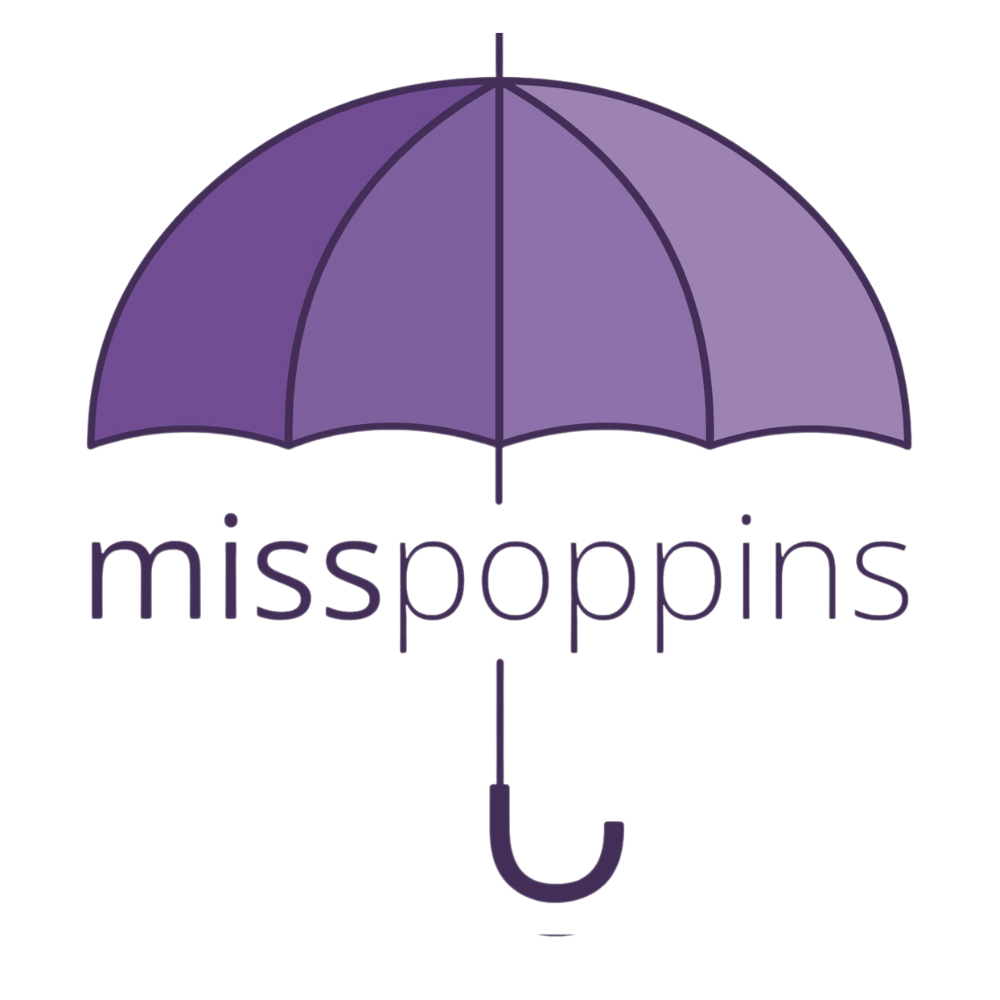Third Trimester Must-Haves: A Practical Maternity Checklist
Mothers across online parenting forums shared their must-haves for the third trimester. These crowdsourced suggestions revealed useful, low-cost fixes that have worked for others. Below are the popular maternity essentials as reccommended by parents across the internet. However, always consult with your doctor before picking out recommended maternity products.
Third Trimester Quick Checklist
Compression Socks — for swelling and circulation
Why: Pregnancy increases blood volume and can cause leg swelling and varicose veins. Compression socks reduce fluid buildup and discomfort.
How to choose: Look for graduated compression (15–20 mmHg or as recommended by your clinician), proper fit around the calf, and breathable fabric.
Source: WebMD review on pregnancy compression socks.
Squatty Potty or Toilet Stool — to ease constipation and hemorrhoids
Why: A raised-foot position straightens the rectum and can reduce straining, which is useful in pregnancy when constipation and hemorrhoids are common.
How to choose: Look for a stable, non-slip base and height that lets your knees sit above your hips.
Source: Squatty Potty official page.
Yoga Ball (Birth Ball) — for comfort and labor prep
Why: Sitting and gentle movement on a birthing ball can ease lower back pain, improve pelvic mobility, and reduce labor pain when used during labor. It also helps encourage optimal fetal positioning.
How to choose: Look for an anti-burst ball sized to your height.
Evidence: AJOG meta-analyses on birthing ball use.
Heating Pad — short, targeted relief for muscle pain
Why: Pregnancy back pain is common. A local heating pad on the lower back or hips can relieve tight muscles.
Safety note: Avoid overheating the abdomen, limit use to short sessions, and never sleep with a heating pad on.
Source: Medical News Today: Safe use of heating pads in pregnancy.
Red Raspberry Leaf Tea — uterine toning (consult your doctor)
Why: Some people use red raspberry leaf tea late in pregnancy to tone the uterus and possibly improve labor outcomes. Evidence is mixed; studies suggest modest potential benefits. Always consult your healthcare provider before use and avoid high doses.
Source: PubMed Central systematic reviews.
Pregnancy Pillow — better sleep and hip support
Why: A full-body or wedge pillow supports side sleeping, elevates hips, and relieves pelvic pressure, which can improve sleep quality.
How to choose: Full-body vs. wedge vs. C-shaped depends on your sleep style and available space.
Source: The Bump 2025 Pregnancy Pillow Guide.
Belly Band — support for lower back and pelvis
Why: A maternity support belt helps offload weight from the pelvis and lower back, improving mobility and reducing pain.
How to choose: Pick adjustable, breathable designs and confirm correct sizing.
Source: Belly Bandit Official Site.
Slip-On Shoes — stability and comfort
Why: Feet swell and balance changes in late pregnancy. Slip-on shoes with wide toe boxes and good arch support reduce fall risk and make getting dressed easier.
Source: Parents Magazine: Best shoes for pregnancy.
Body Moisturizer — soothe stretched skin, minimize itch
Why: While moisturizers won’t prevent stretch marks, fragrance-free, glycerin- or ceramide-based creams keep skin hydrated and reduce itching.
Safety note: Avoid retinoids or untested active ingredients.
Source: The Guardian: Pregnancy skincare guidance.
Prenatal Massages — for relaxation and circulation
Why: Prenatal massage can relieve muscle tension, reduce anxiety, and improve circulation.
Tip: Use an LMT trained in prenatal techniques; avoid pressure on certain points unless certified.
Source: General evidence and clinical guidelines available.
Loose Pajamas or Nightgowns — for comfort and nursing
Why: Breathable, loose sleepwear with easy nursing access reduces nighttime fuss and accommodates your growing belly and possible hospital stay.
Shower Stool — reduce slip risk and fatigue
Why: A stable shower stool provides safety and rest while washing, especially when balance or fatigue becomes an issue.
How to choose: Non-slip feet and water-resistant materials are key.
Hospital Bag and Checklist — what to pack and when
Why: Pack around week 34–36. Include ID and insurance, birth plan, charger, snacks, comfortable clothing, nursing bras, toiletries, going-home outfits for you and baby, pediatrician info, and paperwork.
Tip: Many hospitals share sample checklists—use one as a base and tailor for your needs.
Heartburn Medication — safe, commonly used options
Why: Heartburn and reflux are frequent in late pregnancy. Over-the-counter antacids like Tums (calcium carbonate) are common, but check dosing with your provider.
For persistent symptoms: Ask about H2 blockers or other alternatives.
Source: Verywell Health: Heartburn remedies during pregnancy.
How to Prioritize Your List
Comfort first: pregnancy pillow, belly band, compression socks
Safety next: slip-on supportive shoes, shower stool
Labor and bathroom prep: yoga ball, squatty potty, heating pad
Hospital and medical: hospital bag checklist, heartburn remedies
Optional but useful: raspberry leaf tea (with approval), prenatal massages, body moisturizer
Shopping and Research Tips
Read product pages and independent reviews. For specialized maternity pillows and belts, check 2025 buyer guides.
Review safety notes—especially for heating pads and herbal supplements.
Check return policies for bulky maternity items like pillows and support belts, and try in-store when possible.
The third trimester must-haves are all about comfort and support as your due date approaches. These practical tools help reduce friction when your body and schedule are changing fast. Start with essentials like support, sleep, and safe movement—then add extras that save time and make daily routines easier.


